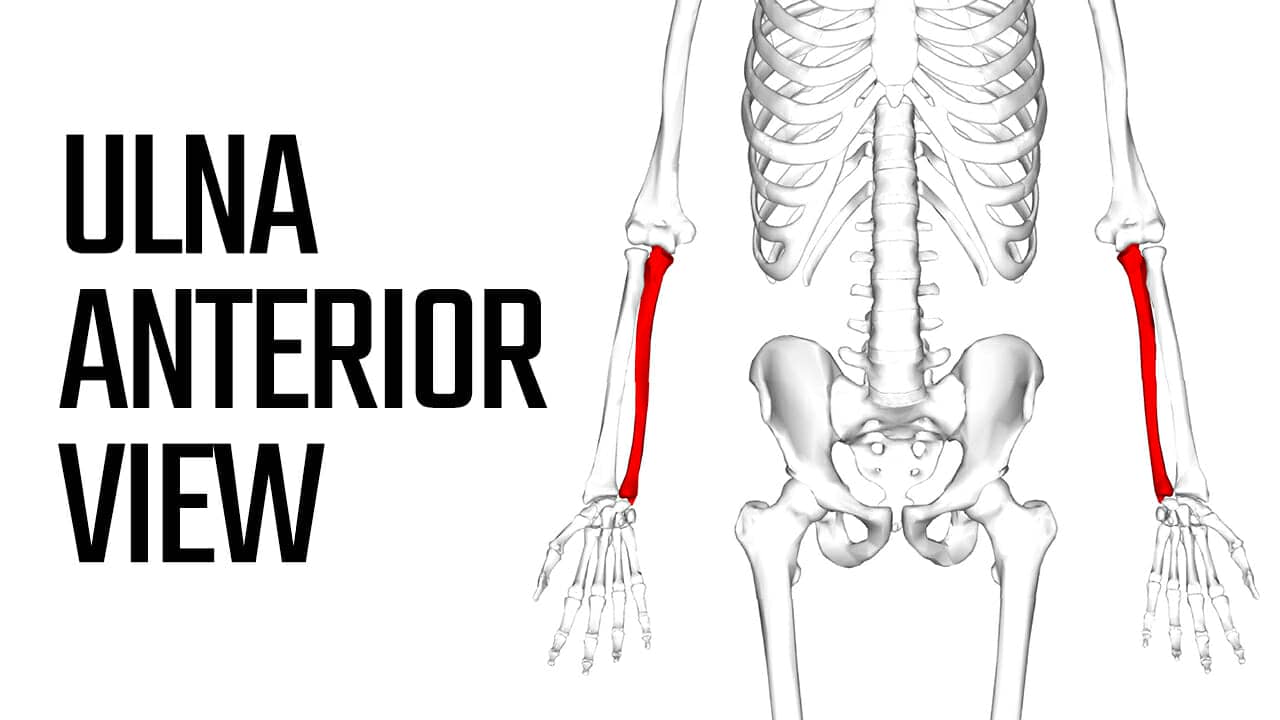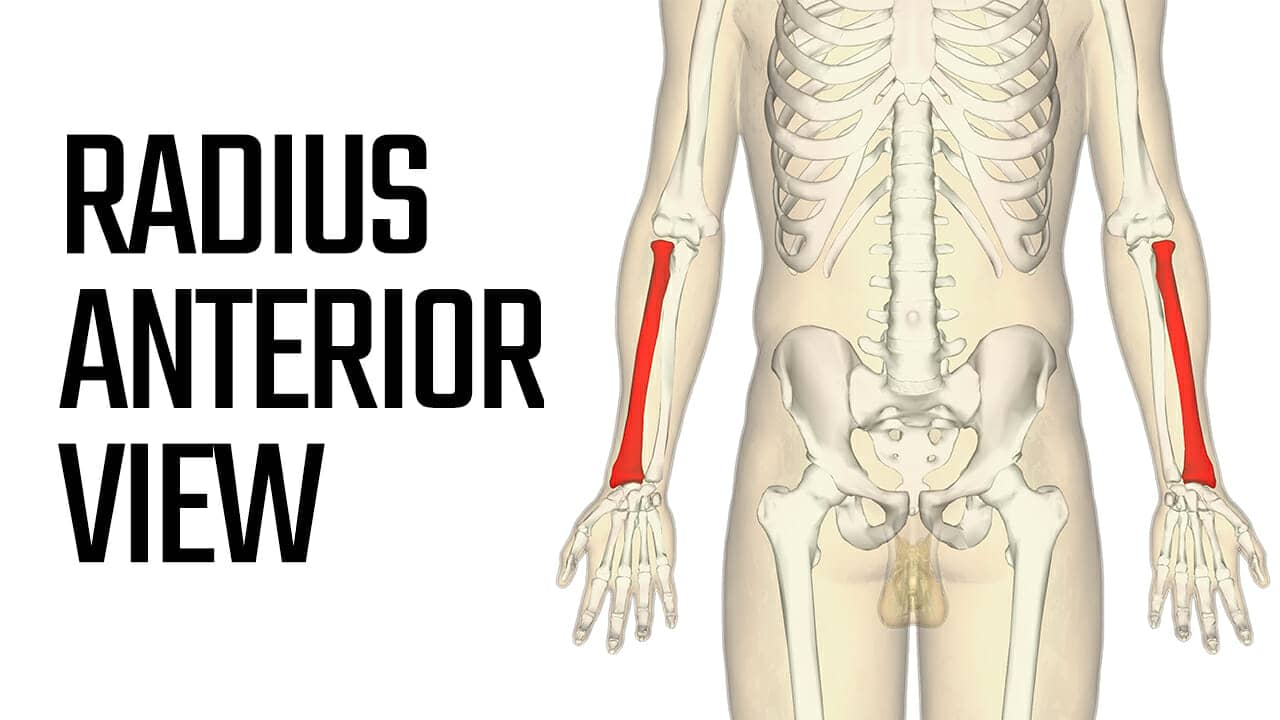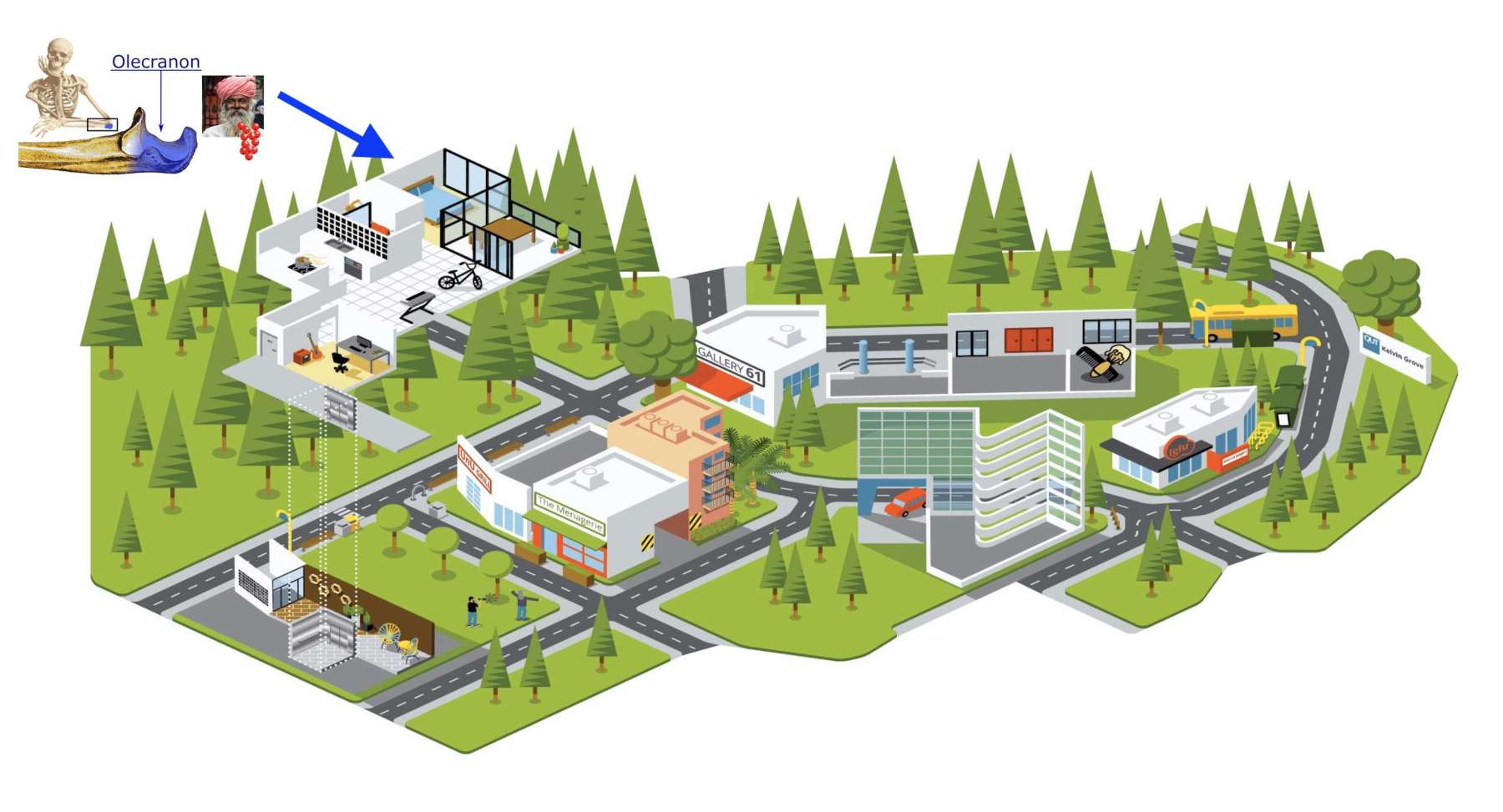 You can use awkward and slow mnemonics to remember everything you need to know about the ulna and the radius.
You can use awkward and slow mnemonics to remember everything you need to know about the ulna and the radius.
Or you can use clear, effective and efficient medical mnemonics that make all the parts of the ulna and radius leap to mind.
On demand.
So if you prefer high-powered mnemonics that get the job done, stick around.
I’m about to show you much more fun and interesting ways to rapidly use anatomy mnemonics for the human arm.
True and lasting success really comes down to the fundamentals of the technique you use, so let’s get started with some solid foundations.
That way, you can fulfil your ambitions and become the top-tier medical professional of your dreams.
Sound like a plan?
Let’s get into more about these critically important bones and the best mnemonic strategies for memorizing each and every part without hassle or strain.
What Is the Anatomy of the Ulna?
Simply put, the ulna is a long bone. It’s in your forearm on the medial side. This means that it’s on the same side as your little finger.
As a bone that runs parallel to the radius, the ulna is broader near the elbow. It is narrower near the wrist where you find the carpal bones.
The most important anatomical parts of the ulna are the:
- Proximal ulna
- Olecranon
- Coronoid process
- Head of the ulna
- Shaft of the ulna
- Distal end
- The articulations
- Elbow
- Radio-ulnar joints
- The muscle attachments
- Olecranon process (triceps, anconeus, flexor carpi ulnaris)
- Coronoid process (brachialis, pronator teres, flexor digitorum superficialis)
- Shaft of the ulna
- Flexor digitorum profundus
- Pronator quadratus
- Extensor carpi ulnaris
- Abductor pollicis longus
- Extensor pollicus longus
- Extensor indicis
What Is Radius Anatomy?
The radius or radial bone is the second large bone of the forearm. It runs from the elbow to the thumb on the lateral side. Like the ulna bone, it involves multiple parts.
These parts include:
- Proximal radius
- Radial shaft
- Distal radius
- Articulations
- Elbow
- Wrist
- Muscle attachments
- Proximal (biceps brachii, supinator)
- Mid shaft (extensor pollicis brevis, abductor pollicus longus, pronator teres)
- Distal (pronator quadratus, tendon of the supinator longus)
How to Remember Ulna and Radius Anatomy With These 3 Mnemonic Examples
Obviously, there’s a lot of medical terminology to deal with when it comes to the anatomy of the ulna and radius.
Luckily, there’s a variety of powerful memory techniques you can rely on to make this kind of learning fast, easy and fun.
As we go through this list, keep in mind that I’m sharing my mnemonic examples. The science of active recall suggests that you’ll want to create your own too. For best results, always personalize your mnemonic images as much as possible.
One: The Easiest Mnemonic For The Names/Locations Of Ulna & Radius
The pegword method is one of the easiest ways to link vocabulary to locations on the body. To memorize the ulna and the radius myself, I imagined my wife on a pier at the beach.
I envisioned her raising her arms to the sun with her thumbs raised.
Why?
Because “raised” starts with R, as does radius. The sun is also circular, which means that it too has a radius. As you may know, the radius bone gets its name because it rotates around the ulna in what is known as the styloid process.
When it comes to the ulna, the process is the same, but notice that when a person is standing in this kind of position, the ulna is pointing down. Since the ulna is effectively placed under the radius in this position, we can link the “u” in ulna” to the “u” in under and remember the position with ease.
At the risk of being repetitive, notice the important logic here. The example is personal, uses someone I know and uses stories and linking to remember where on the body these bones are located.
Give it a try yourself. I think you’ll find this approach a lot more effective than many of the vague medical mnemonics I’ve seen out there.
Two: Mnemonic Example For Ulna Anatomy
Using one of the less-often explored ancient memory techniques, you can continue to use the body itself as a Memory Palace.
Or you can break out individual parts of the arm and use a strategically created journey. Either strategy is good depending on your adult learning style.
Since you’ve seen the example with using the body of my wife, let’s look at separating out the ulna’s parts in a more standard Memory Palace. It will likely be a key strategy for most learners, because as we’ve seen that the ulna is made up of many parts.
One is the olecranon. It’s part of the elbow joint.
To remember this very simple, try imagining an old man smoking a cranberry-joint.
It’s weird, fun and effective. This silly image also provides a simple example of how you can memorize every other part of the ulna. Just use the alphabet and things you already know to make mental connections.
Then play the association in a Memory Palace.
A Memory Palace is simply a mental recreation of a familiar location. In the example above, I have placed both the look of the olecranon and the images that help me remember its sound on the bed of an apartment I used to live in.
You can reuse the same part of the Memory Palace to add on features like the radial notch, or move on to another location.
Three: Mnemonic Example For Radius Anatomy
The process is identical for memorizing the parts of the radius. For example, when you’re learning a complicated term like “extensor pollicis brevis” and its relationship to the radial bone, just pick a new spot in your Memory Palace.
Look at an illustration of this anatomy and workout alphabetical-image based associations that help you remember the sound and location at the same time.
Sure, using your memory in this way can take a bit of practice. But as long as you make it personal and combine in some flashcards or Anki if needed, you’ll be golden.
For myself, I immediately think of Wolverine for this term. He’s an X-man and can make an X-shape with his claws. He can have a Ten of Spades on one claw, pretty much making the word “extensor” as easy as it gets to remember.
He’s allergic to pollen in this part of my Memory Palace, so his visit must be brief. Extensor pollicis brevis is that easy to memorize, though you might prefer to create an image based on Professor X, Malcolm X or Xena the Warrior Princess.
The point remains the same: base your associations on the alphabet and make them highly personal to you while placing them in familiar locations.
The Parts Of The Radius & Ulna Are Easy To Memorize
You might think that the approach I’ve suggested today will take you a long time.
In the beginning, you might struggle a bit. But that’s just a sign of not having used your creative muscles for awhile. Soon, you’ll speed up.
If you want to get up to speed much faster without needing nearly as much practice with the approach to medical mnemonics you’ve just discovered, get my FREE Memory Improvement Course here:
You’ll love how the exercises get you up and running with Memory Palaces for anatomy. Fast. That way, you can pass the MCAT with ease.
So what do you say?
Are you ready to memorize all of the arms in the bone with greater ease and explosive amounts of joy?
I know I’m sure having a blast!
Related Posts
- The Best Glasgow Coma Scale Mnemonics to Help You Remember
You want the best Glasgow Coma Scale Mnemonics and I've got them. Discover how to…
- How to Remember Cephalosporin Generations: 15 Easy Mnemonics
Here's how to remember cephalosporin generations with ease by using proper medical mnemonics. Learn the…
- How to Remember Carpal Bones With These 8 Fun Mnemonics
Learning how to remember carpal bones is easy when you use fun mnemonics. Get the…










